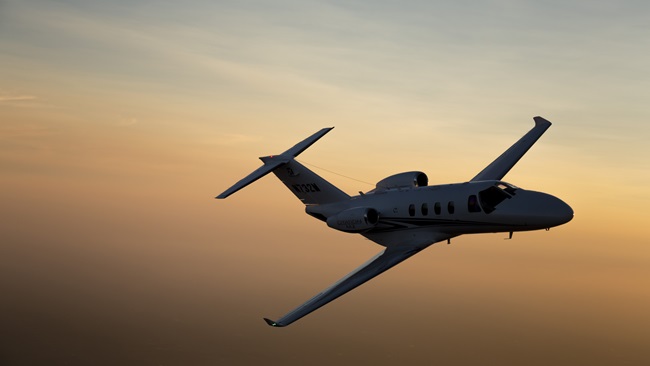Preflight prepping
In the airlines, it’s more than gas and go

The first is to be aware of the weather on a sizeable scale. Until a few years ago, this meant starting the day with The Weather Channel as soon as I woke up. This is still a great tool, but in this age of iPads, I can use WSI Pilotbrief to absorb quite a bit of information in a short time without the hassle of Jim-Cantore-is-about-to-die commercials—and it’s more up to date. I’m pretty familiar with most of the common routes we use for our flights, and the company does what it can to comply with the FAA standard instrument departure/standard terminal arrival structures, but the airlines are a business, and businesses want to make (or save) money.
We have several ways to do that, and efficiently using fuel is the most common. As a result, there is a balancing act between saving fuel and giving the paying passengers a comfortable ride. Sometimes the choices are obvious, but not always. Weather drives most of what we do, and what the weather doesn’t control, the airplane maintenance schedule does.
Once the flight plan is made available and is on my iPad, I can read the comments from the dispatcher, who will often incorporate pireps in the flight plan by way of using step climbs or lower/higher altitudes to counter bad rides and strong headwinds.
The dispatcher is responsible for actually planning the flight and fuel load. He or she will have already collected and analyzed route-specific weather, ride reports, and the effect of any winds, all while taking into account any minimum equipment list items that affect performance. The flight plan also has the fuel ladder, which is a list of all the various fuel needs.
Once we get to the airplane, a number of other pieces need to fall into place as well, all within the 30 to 45 minutes allocated for boarding. During a crew change, a quick brief on the airplane takes place. Gate agents, flight attendants, and mechanics all vie for our attention or space to do their jobs. Bag size and luggage count, proper fuel load, airport notams, ATC constraints, and even VIP movements affect us all.
We have certain functionality tests and checks that must be done on each flight, and while most of the flight plan data is automatically uplinked to the airplane, we still verify the route, payloads, and more. Bad weather also tends to result in last-minute clearance changes, which often lead to calling back the fuelers. Being creatures of habit, no shortcuts are taken with the checklists. No matter how late we are or how rapidly the weather is coming in, we do checklists by the book. Twenty years on, this discipline still amazes me.
On a long day, the new FAR Part 117 duty limits for airline crews can become a major impediment to success. Under the old rules, duty day limits were almost always a moving target, and it was hard to build a consensus on when the day had to end. With Part 117, the rules are hard and fast, and both the pilot and the airline are equally responsible for avoiding a violation. If it appears that getting out in time is going to be iffy, airlines are more likely than ever to recrew or even cancel.
A typical day? The sun rises and the sun sets. Everything in between is up for grabs.


